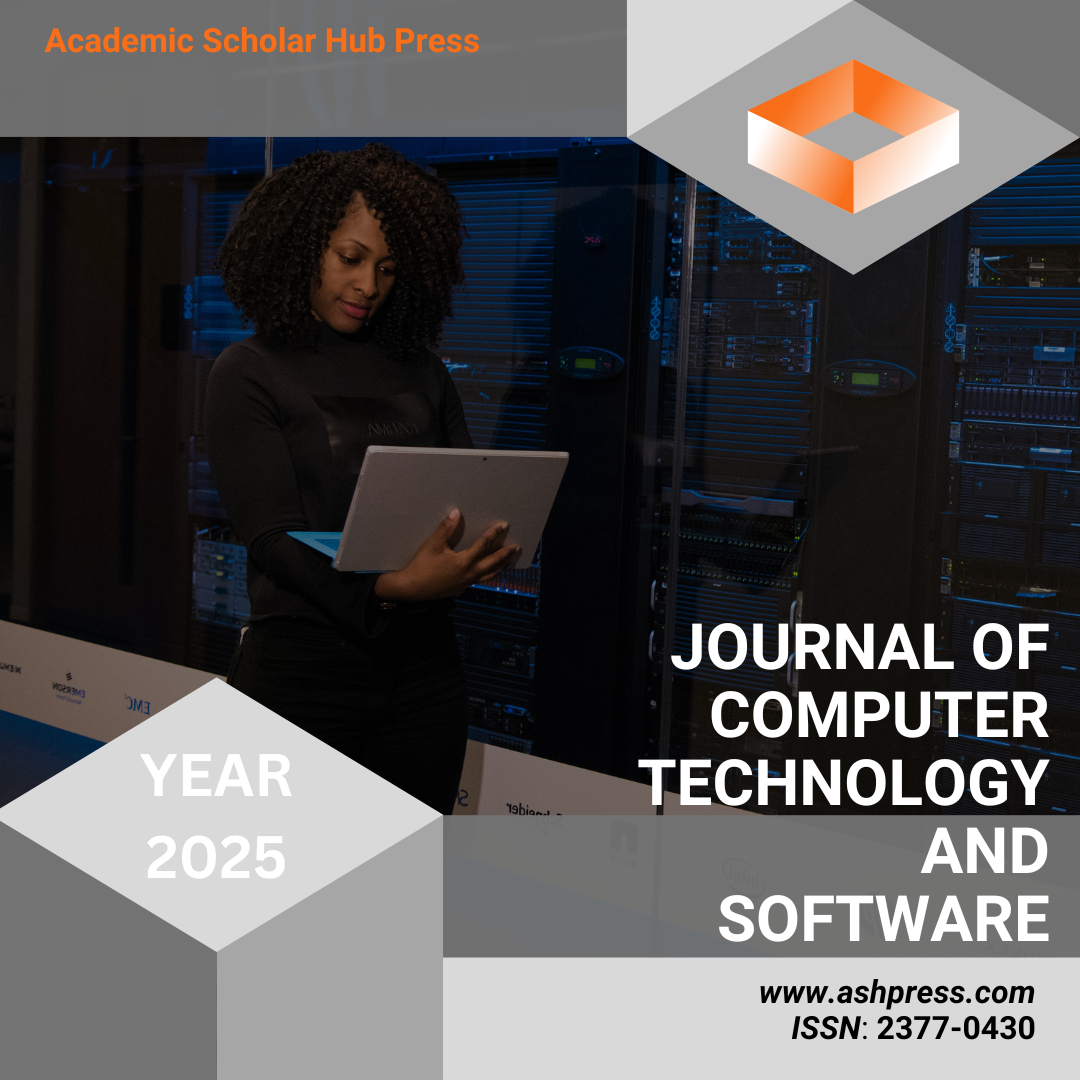Published 2025-03-30
How to Cite

This work is licensed under a Creative Commons Attribution 4.0 International License.
Abstract
A rapid and sensitive analytical method was established for the simultaneous determination of ten antibiotics in sewage sludge (SS) using solid-phase extraction combined with high-performance liquid chromatography and ultraviolet detection (SPE-HPLC-UV). The targeted antibiotics spanned four major classes, including sulfonamides, quinolones, tetracyclines, and chloramphenicol. Key parameters such as extraction solvent composition, pH, and eluent volume were systematically optimized to improve recovery and reduce matrix interference. Under optimal conditions, the method achieved excellent linearity (R² > 0.998), low detection limits (0.04–0.54 μg/kg), and satisfactory recovery rates (56.52%–107.09%). Furthermore, this study highlights the potential of integrating artificial intelligence (AI) into the analytical workflow. By leveraging machine learning algorithms, future studies may enable rapid prediction of recovery trends, automated optimization of extraction conditions, and intelligent screening of complex sludge matrices. The combination of traditional analytical chemistry with AI-driven optimization offers promising avenues for efficient, reproducible, and scalable monitoring of trace antibiotics in environmental samples.
